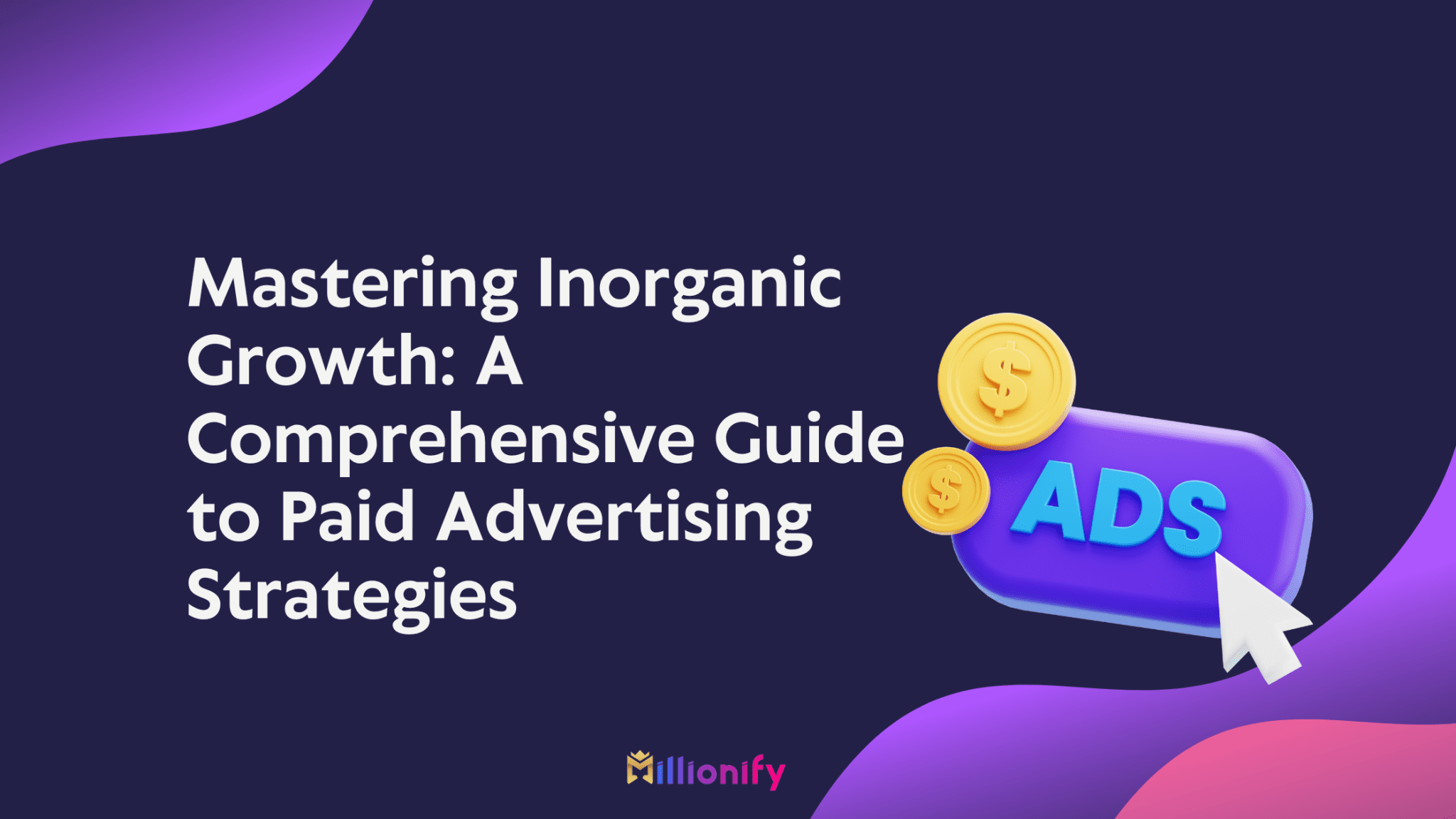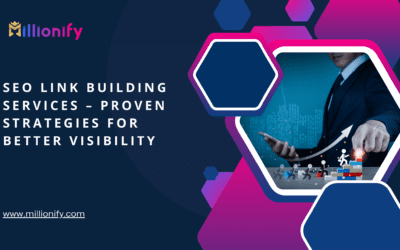Ready to supercharge your business growth? While organic strategies are valuable, inorganic growth through paid advertising can rocket your results into the stratosphere. Let’s dive deep into the world of paid marketing strategies that can transform your business trajectory.
What is Inorganic Growth Marketing?
Inorganic growth marketing refers to paid strategies that accelerate business expansion through direct monetary investment. Unlike organic growth that develops naturally over time, inorganic methods provide immediate visibility and scalable results.
Key characteristics include:
- Immediate market penetration
- Scalable campaign management
- Measurable ROI
- Targeted audience reach
- Flexible budget allocation
Major Paid Advertising Channels
1. Pay-Per-Click (PPC) Advertising
PPC remains the cornerstone of inorganic growth. Google Ads leads the pack, offering unparalleled reach and targeting capabilities.
Key PPC Statistics:
- Average ROI of $2 for every $1 spent
- 65% of high-intent searches result in ad clicks
- Mobile PPC ads receive 40% more clicks than desktop
Best Practices:
- Conduct thorough keyword research
- Implement negative keywords
- Create compelling ad copy
- Optimize landing pages
- Regular A/B testing
2. Social Media Advertising
The social advertising landscape offers diverse opportunities across multiple platforms.
Platform comparison:
| Platform | Primary Audience | Best For | Average CPM |
|---|---|---|---|
| 25-54 age group | B2C products | $7.19 | |
| 18-34 age group | Visual content | $5.14 | |
| Professionals | B2B services | $33.80 | |
| TikTok | Gen Z | Viral content | $10.00 |
3. Programmatic Advertising
Automated buying and selling of ad space has revolutionized digital advertising.
Benefits:
- Real-time bidding
- Advanced targeting
- Cross-platform reach
- Enhanced efficiency
- Data-driven optimization
Advanced Targeting Strategies
1. Demographic Targeting
Essential targeting parameters:
- Age groups
- Gender
- Income levels
- Education
- Occupation
- Family status
2. Behavioral Targeting
Focus on user actions and interests:
- Browsing history
- Purchase behavior
- App usage
- Device preferences
- Time-based activities
3. Geographic Targeting
Location-based strategies:
- Regional campaigns
- Local advertising
- Radius targeting
- Country-specific approaches
- Language targeting
Budget Optimization Techniques
1. Resource Allocation
Strategic budget distribution:
- 60% to proven channels
- 30% to emerging opportunities
- 10% to experimental campaigns
2. Bidding Strategies
Popular bidding methods:
- Manual CPC
- Enhanced CPC
- Target ROAS
- Target CPA
- Maximize conversions
Performance Measurement
1. Key Performance Indicators (KPIs)
Essential metrics:
- Click-through rate (CTR)
- Conversion rate
- Cost per acquisition (CPA)
- Return on ad spend (ROAS)
- Customer lifetime value (CLV)
2. Analytics Tools
Must-have tracking solutions:
- Google Analytics
- Facebook Pixel
- LinkedIn Insight Tag
- Platform-specific analytics
- Third-party tracking tools
Creative Optimization
1. Ad Format Selection
Popular formats:
- Static images
- Video ads
- Carousel ads
- Story ads
- Native advertising
2. Copy Optimization
Writing best practices:
- Clear value proposition
- Strong call-to-action
- Emotional triggers
- FOMO elements
- Social proof
Testing and Iteration
1. A/B Testing Framework
Test elements:
- Headlines
- Ad copy
- Images
- Call-to-action
- Landing pages
2. Optimization Schedule
Regular review periods:
- Daily budget adjustments
- Weekly performance analysis
- Monthly strategy review
- Quarterly goal assessment
- Annual planning
Compliance and Regulations
1. Privacy Considerations
Key regulations:
- GDPR compliance
- CCPA requirements
- Cookie policies
- Data protection
- User consent
2. Platform Policies
Important guidelines:
- Ad content restrictions
- Format requirements
- Industry limitations
- Geographic restrictions
- Language requirements
Emerging Trends
1. AI and Machine Learning
Advanced applications:
- Automated bidding
- Creative optimization
- Audience targeting
- Performance prediction
- Budget allocation
2. Privacy-First Advertising
New approaches:
- Contextual advertising
- First-party data usage
- Privacy-safe targeting
- Cookieless tracking
- User permission marketing
Conclusion
Inorganic growth through paid advertising offers unprecedented opportunities for business expansion. Success requires a balanced approach combining strategic planning, continuous optimization, and adaptability to emerging trends. By implementing these comprehensive strategies while maintaining compliance and leveraging new technologies, businesses can achieve sustainable growth through paid advertising.
FAQs
Q1: What’s the ideal budget allocation for beginners in paid advertising?
A: Start with 70% on proven channels like Google Ads or Facebook, keeping 30% for testing new platforms. Begin with $500-1000 monthly to gather meaningful data.
Q2: How long should I run ads before evaluating their effectiveness?
A: Allow at least 2-3 weeks for initial data collection, spending enough to gather statistically significant results (typically 100+ clicks or 1000+ impressions).
Q3: Which paid advertising channel typically shows the fastest results?
A: Google Search Ads typically show the quickest results for high-intent keywords, while social media ads may take longer to optimize but often provide better long-term ROI.
Q4: How can I reduce ad costs while maintaining performance?
A: Focus on improving quality scores, refining targeting, implementing negative keywords, scheduling ads during peak performance times, and regularly updating ad creative.
Q5: What’s the most common mistake in paid advertising?
A: Poor landing page optimization is a common pitfall. Many advertisers focus solely on ad performance while neglecting the conversion optimization of their landing pages.



